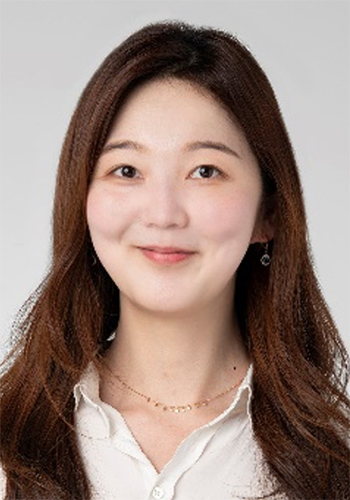Regulatory Science for Engineering Intuitive, Engaging, Safe and Effective Human-Device Interaction
(Contreras-Vidal, UH BMI Lab; Hongchae Baek, FDA)
Background: Focused ultrasound is an emerging, non-invasive technology with the potential to revolutionize treatment for conditions affecting deep brain structures. Unlike traditional surgery, focused ultrasound can precisely target areas within the brain without incisions, offering reduced pain, fewer complications, faster recovery, and lower healthcare costs. To support development of transcranial focused ultrasound device companies and to expedite its clinical adoption, standardized parameter reporting and guidelines to assess the safety and desired bioeffect for diverse brain applications are urgently needed. Investigations of the biophysical mechanism of focused ultrasound neuromodulation aims to gain insights for safe and effective design of focused ultrasound parameters for facilitating this technology into the clinical practice.
Research Plan: The primary objective of this project is to investigate and validate the ion-channel-induced neuromodulation theory, which is the currently accepted hypothesis for focused ultrasound neuromodulation. This will involve a comprehensive examination of the biophysical mechanisms underlying ultrasound-induced effects on ion channels, with the goal of providing empirical evidence to support or refine this theory.
The secondary objective is to develop a regulatory science tool designed to standardize the reporting parameters for ultrasound neuromodulation device submissions. This tool will establish a parameter space that can predict both the safety and the desired biological effects for each therapeutic application, ensuring consistent and reliable device performance and regulatory compliance across clinical uses.
Prerequisites: An introductory course in neuroscience, Biomedical Engineering, Electrical Engineering, medical imaging and knowledge in MATLAB and ImageJ are desirable.

Dr. Hongchae Baek is currently a Visiting Associate at FDA/CDRH/OSEL. She received her Ph.D. in Biomedical Engineering from the University of Science and Engineering in South Korea. After completing postdoctoral training at Washington University in St. Louis, MO, where she studied the biophysical mechanisms of focused ultrasound neuromodulation, she joined the high-intensity focused ultrasound team at Cleveland Clinic, OH, to further her expertise in clinical applications of ultrasound neuromodulation and thermal ablation.
Dr. Baek works closely with clinicians to advance best practice guidance for transcranial ultrasound, including MRI-guided focused ultrasound (MRgFUS). She leads an ultrasonic neuromodulation project focused on the biophysical mechanisms of ultrasound neuromodulation and serves as the PI for a clinical study investigating focused ultrasound for treating tremor in Parkinson’s disease patients, in collaboration with Brigham and Women’s Hospital. Her work at OSEL focuses on developing regulatory science tool for standardizing focused ultrasound reporting parameters to support the development and clinical adoption of therapeutic ultrasound devices.